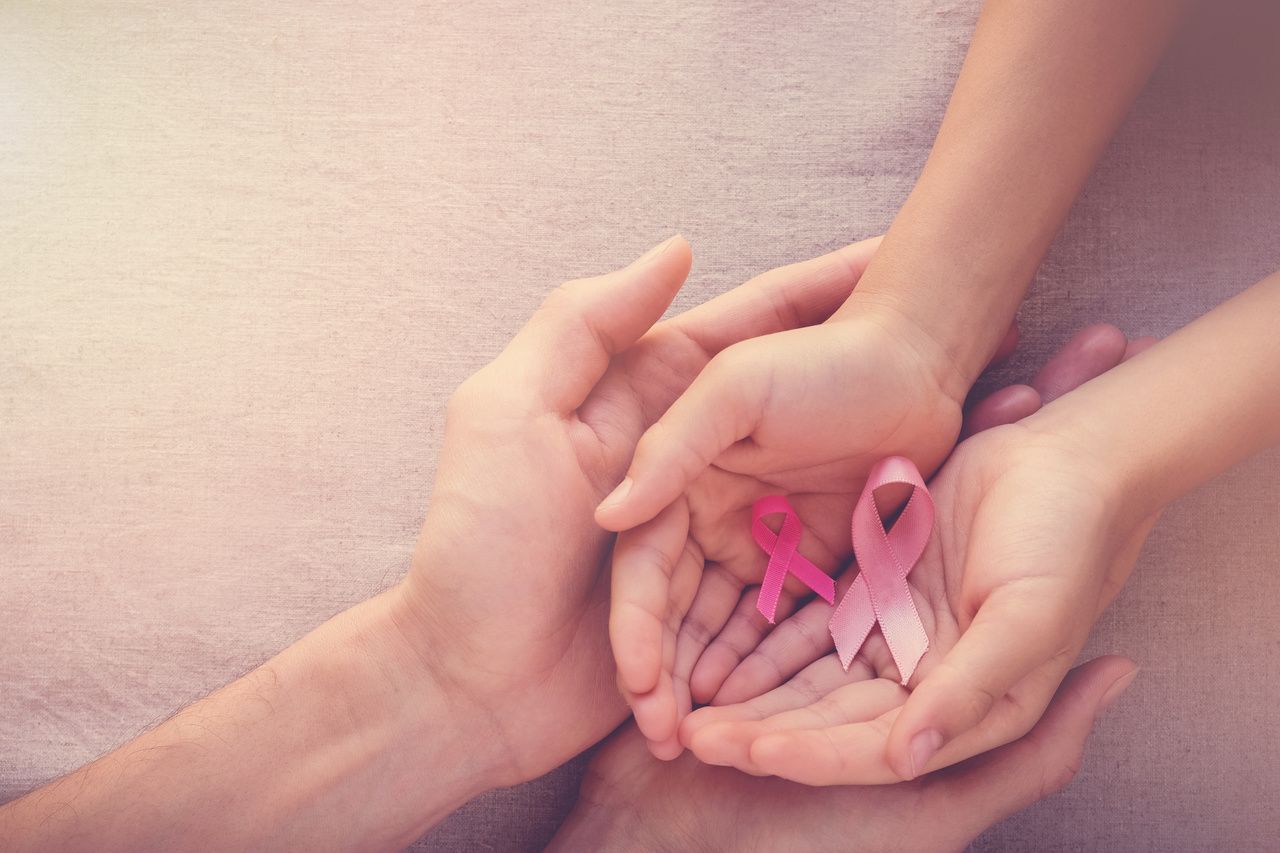
Long-term results show why early-onset puberty in adolescent girls may predispose them to a greater risk of developing breast cancer, according to a study published in Journal of Adolescent Health. The fact that early puberty increases the risk of breast cancer is established, the authors noted, but potential reasons why have remained unknown until now.
Concentration of insulin-like growth factor-1 (IGF-1); age of the first menstrual cycle, or age at menarche (AAM); lifetime exposure to estrogen; and longer pubertal growth period were all cited as possible reasons why there was a greater risk of developing adult-onset breast cancer among the girls with earlier pubertal growth periods in this study. The authors hope these results inform risk reduction efforts going forward.
“Our study is one of the very few to gather many years of data to comprehensively track the changes young women experience,” said lead study author Frank M. Biro, MD, Division of Adolescent and Transition Medicine, Cincinnati Children's Hospital Medical Center.
The Growing Up Female study participants were all girls (N = 183) aged 6 and 7 years recruited from and through public and parochial schools in Cincinnati as part of the Breast Cancer and the Environment Research Program. From 2004 to 2010, they were seen every 6 months, and thereafter, it was every year through 2018.
During these visits, height, weight, and peak height velocity (PHV; centimeter growth/year) were tracked; data on when breast development and menstrual cycles were collected; and blood samples were analyzed for hormone levels, including estrone-to-androstenedione (E:A) ratio. Parents also filled out 2 questionnaires, at years 1 and 5, on family breast cancer history.
Results show that ages of early and late entry to puberty were earlier among the Black participants (35%; n = 64), at ages 7.25 and 9.39 years vs the non-Hispanic White participants (65%; n = 119), at 7.67 and 9.94 years, respectively. A family history of breast cancer was seen in 8.8% (n = 16) overall.
Two comparisons of pubertal timing were also performed—early vs on time and on time vs late—and both showed that PHV was statistically significantly different for age:
- Early vs on time: 7.18 vs 6.96 cm/year (t = 2.87; df = 158; P = .0046) at age 10.5 vs 11.09 years, respectively
- On time vs late: 6.96 vs 6.60 cm/year (t= 3.35; df = 142; P < .0001) at age 11.09 vs 11.86 years
Additional analyses revealed the following:
- Earlier AAM was negatively correlated to greater PHV (R = –0.427; P < .0001).
- Greater PHV was negatively correlated to age of reaching adult height (R = –0.396; P < .0001).
- Earlier-maturing girls had the longest pubertal growth spurt and late-maturing girls the shortest.
- Lower concentrations of estrone and testosterone were associated with longer pubertal period.
- E:A ratio had a significant association with AAM (R = –0.166; P = .0005) but not breast development (R = –0.09; P = .31).
- For IGF-1:
- Greater concentrations 6 months before breast development correlated with earlier age of breast development (P = .03), earlier AAM (P = .001), longer puberty (P = .0027), and earlier age of PHV (P = .065).
- Greater concentrations at breast development correlated with higher concentrations of estradiol (P = .014), estrone (P < .0001), and testosterone (P < .0001).
The authors note the particular importance that AAM holds for assessing breast cancer risk, because date recall is typically highly accurate, which can help to delineate the length of exposure to possible risk factors.
“The current data suggest that the mechanisms underlying the association between earlier AAM with greater risk of breast cancer may be driven through higher concentrations of IGF-1, greater ratio of E:A, and an expanded window of susceptibility,” they conclude. “We have provided a rigorous theoretical framework for the interrelationship of events during puberty, supported by evidence of the empirical data.”
Their solutions to reduce the risk of breast cancer include the following:
- Exercise more and eat healthy, which reduces the chance of becoming obese, which itself lessens the risk of breast cancer.
- Consume more foods that contain phytoestrogens, or weak estrogens, to replace stronger estrogens and delay the onset of puberty.
- Minimize exposure to phthalates, also known as “endocrine-disrupting” chemicals.
- Longer-term exposure to IGF-1 to slow early puberty.
Future studies should investigate treatments to delay the onset of puberty, particularly if it is worthwhile to pursue managing IGF-1 concentrations. They also need to include larger study populations and adult women, as well as investigate the relationship of IGF-1 to breast density and breast cancer outcomes, which this study did not.
Study limitations include lack of IGF-1 tissue concentrations to measure breast cancer risk, because these differ from the circulating measures the study used; the study population was from Cincinnati and contained few Hispanic or Asian girls; and no data were collected on how IGF-1 concentrations in the study population influenced their breast density.
Reference
Biro FM, Huang B, Wasserman H, Gordon CM, Pinney SM. Pubertal growth, IGF-1, and windows of susceptibility: puberty and future breast cancer risk. J Adolesc Health. Published online September 1, 2020. doi:10.1016/j.jadohealth.2020.07.016
"breast" - Google News
September 15, 2020 at 01:51AM
https://ift.tt/2RqDlxX
Hormone Exposure, Early Puberty May Increase Breast Cancer Risk for Adolescent Girls - AJMC.com Managed Markets Network
"breast" - Google News
https://ift.tt/2ImtPYC
https://ift.tt/2Wle22m
Bagikan Berita Ini















0 Response to "Hormone Exposure, Early Puberty May Increase Breast Cancer Risk for Adolescent Girls - AJMC.com Managed Markets Network"
Post a Comment